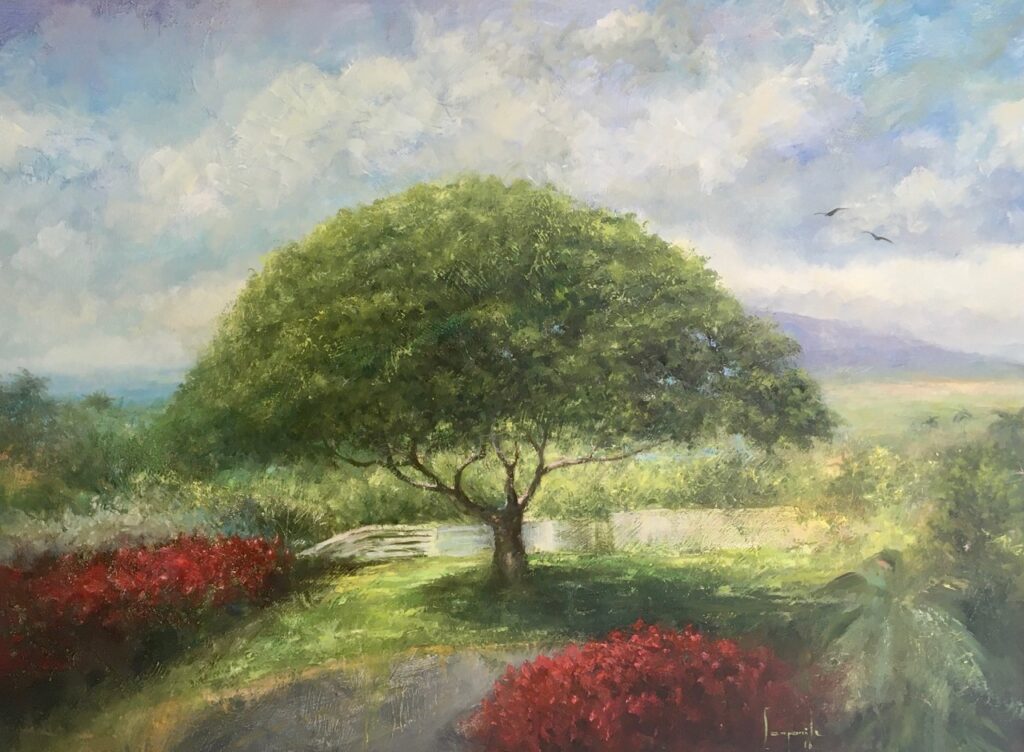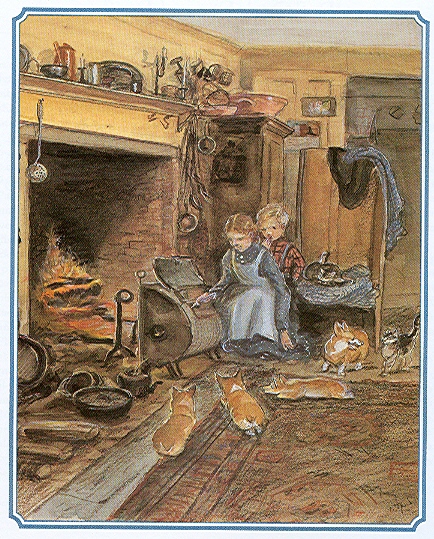By Susan K Furness, Edgewalker Senior Associate

It is a precious responsibility to step into any of the five Edgewalker Archetypes of Change. Yet acting in or out as the Guardian orientation feels especially huge. I mean, a Guard takes care of something deemed valuable. And adding the ‘ian’ brings a truly intimate energy. Like it is my sole responsibility. Or indeed my ‘soul responsibility’.
In 2008, I embraced the Guardian as my default archetype. However, the way I wear the proverbial overcoat sees me ever eager to fill the extra-large pockets with ‘responsibility for the responsibilities of others’. The precious role of the Guardian – to tend what is precious – falls heavy on my shoulders.
In her book Edgewalkers; People and Organizations that Take Risks, Build Bridges and Break New Ground, Dr Judi Neal’s definition offers immediate light, with words like future, gift, sensing, protecting people:
Guardians are the people who look to the future and tend to see all the things that could potentially be a problem. They have a gift of analyzing and/or sensing what could go wrong before it happens. They are committed to protecting people and the organization from potential harm.
To lighten up, I need to repack. In earlier blogs I ignited a fresh relationship with the Edgewalker Skills of Sensing and Focusing. Thus, I love that Judi honors the sense-ability of Guardians as they look to the future with a focused beam to reveal potential pitfalls on the road less travelled.
I also warm to the play with polarities, bringing the left and right brain into the game calling to work the ‘analysis of facts and the third eye of intuition’. Intuition is an Edgewalker Quality of Being.
But what feels uncomfortably hot and heavy is the ‘commitment to protecting from harm’.
I take some moments to listen to my Guardian-filled heart and recall the need to deploy ‘sensed-based situation analysis.’ Is my responsibility as a Guardian to shout ‘fight or flight’? I recall the Indian philosopher, Anthony De Mello’s suggestion: “…find truth in observation, not opinion….”.
Another light goes on.
In the unlikelihood of serious physical harm to anyone my commitment to protection can be met by delivering the message as a well-rounded observation, stripped of opinion, demand, directive or order.
In this light, my Guardian overcoat immediately feels much lighter.
My responsibility is not to carry the responsibility of others, rather to appropriately name what I sense and/or know. This is made even lighter presently as life during and after corona offers no known facts. Sensing the Future is showing up as an ‘alternative strategic driver’ in business and in life.
Let’s unpack some more.
‘Problem’ features boldly in in Judi’s definition and this tugs uncomfortably at my heart strings. I do not do problems and to further empty my pockets I need to find a replacement word.
Diane Musho Hamilton wrote the book Everything Is Workable. With inner listening and outer practice, I know Diane to be right and that a conscious conversation can clear the pathway – and help keep the luggage light.
Indeed, if I notice my polarity excitement rising at the mention of a ‘problem, issue or challenge at home, in the office or the boardroom’ I am going to re-christen it swiftly as an ‘opportunity’.
This lands beautifully at the door of the next Edgewalker Café entitled ‘Blessings in Disguise; Six revealing gifts of Intention’. Do join us on February 11, 2021. See our Edgewalker Newsletter for details.



